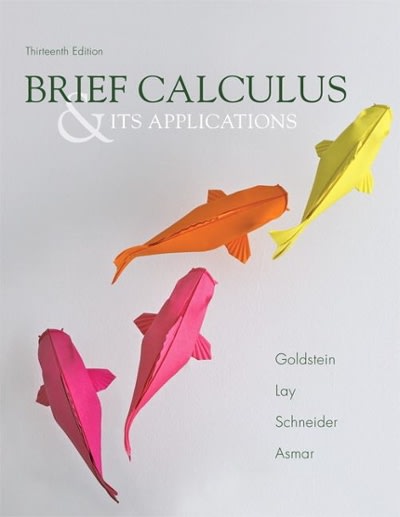Could someone please check my work
se state all definitions and theorems that you will need: Let L = lim f(x) = lim 1-4 = - 3 Definition 5.1.12 and Let f: D - R and g: D - R . We define the sum f + 9 and the product fg to be the functions from D to R given by M = lim g(x) = lim 1 -5= -4 (f + 9)(2) = f(x) + 8(x) and (fo)(a) = f(x) . 9(z) Then by the quotient formula of theorem 5.1.13 and definition 5.1.12 for the quotient of for all a E D. If & E R, then the multiple kf : D - I is the function defined by J : D - R, (kf)(x) = k . f(x) for all & E D. since M # 0 , If g(x) * 0 for all at E D, then the quotient -: D - R is the function defined by lim()(2) = M = = 9 (x) . for all & E D Theorem 5. 1. 13 Let f: D - R and g: D -+ R, and let c be an accumulation point of D . If lim f(x) = L, 3. Jim - 1 = 2 lim g(x) = M, and k E R , then Explain: lim (f + 9)(x) = L + M, lim (fg)(x) = LM, Since Va - 1 Vx - 1 and lim (kf) (x) = kL . I - I (Vx -1) (V2+1) VitI' Furthermore, if g(x) # 0 for all a E D and M # 0, then Let f(x) = 1 and g(x) = Va + 1 and c = 1 where f: D - R and g: D - R. lim() (2) = Since g(x) = Vx + 1 / 0 for all x E D because va + 1 is always positive, then by definition 5.1.12 for the quotient of ( ) (x) : D - R, (! ) ( 20 ) = g(I) Vac+ 1 Let L = lim f(x) = lim 1 =1 and Determine the following limits. M = lim g(x) = lim VI+1 =2 23+ 4 Then by the quotient formula of theorem 5.1.13 and definition 5.1.12 for the quotient of g ' 1 : D - R , since g(2) # 0 for all & E D and M # 0, Let f(x) = 23 + 4 and g(x) = x2 + 1 and c = 1 where f: D - R and g: D - R. Line ( $ ) ( x ) = 4 = Since g(x) = x2 + 1 # 0 for all at E D because x2 + 1 is always positive, then by definition 5.1.12 for the quotient of ( ) (x) : D - IR, (!(2) = 1(2) - 2' +4 g(z) 12 + 1 et L = lim f(x) = lim 13 + 4 = 5 and M = lim g(x) = lim 12 +1 = 2 Then by the quotient formula of theorem 5.1.13 and definition 5.1.12 for the quotient of L : D - R, ince g(x) # 0 for all z E D and M # 0, lim (( 2 )=L x2 - 52 +4 2. )lim , 72 - 61 + 5 Explain 12 - 5x + 4 (x - 1)(2 - 4) Since 2 6x + 5 (x - 1)(x - 5) x-5 2 - 4 Let f(x) = x - 4 andg(2) = x - 5 and c = 1 where f : D -+ R and g: D -+ RR . Since g (2 ) - x - 5 = 0 when a = 5 but we are only interested in the limit at a = 1 , then by definition 5.1.2 for the quotient of ( ) (x) : D - R







